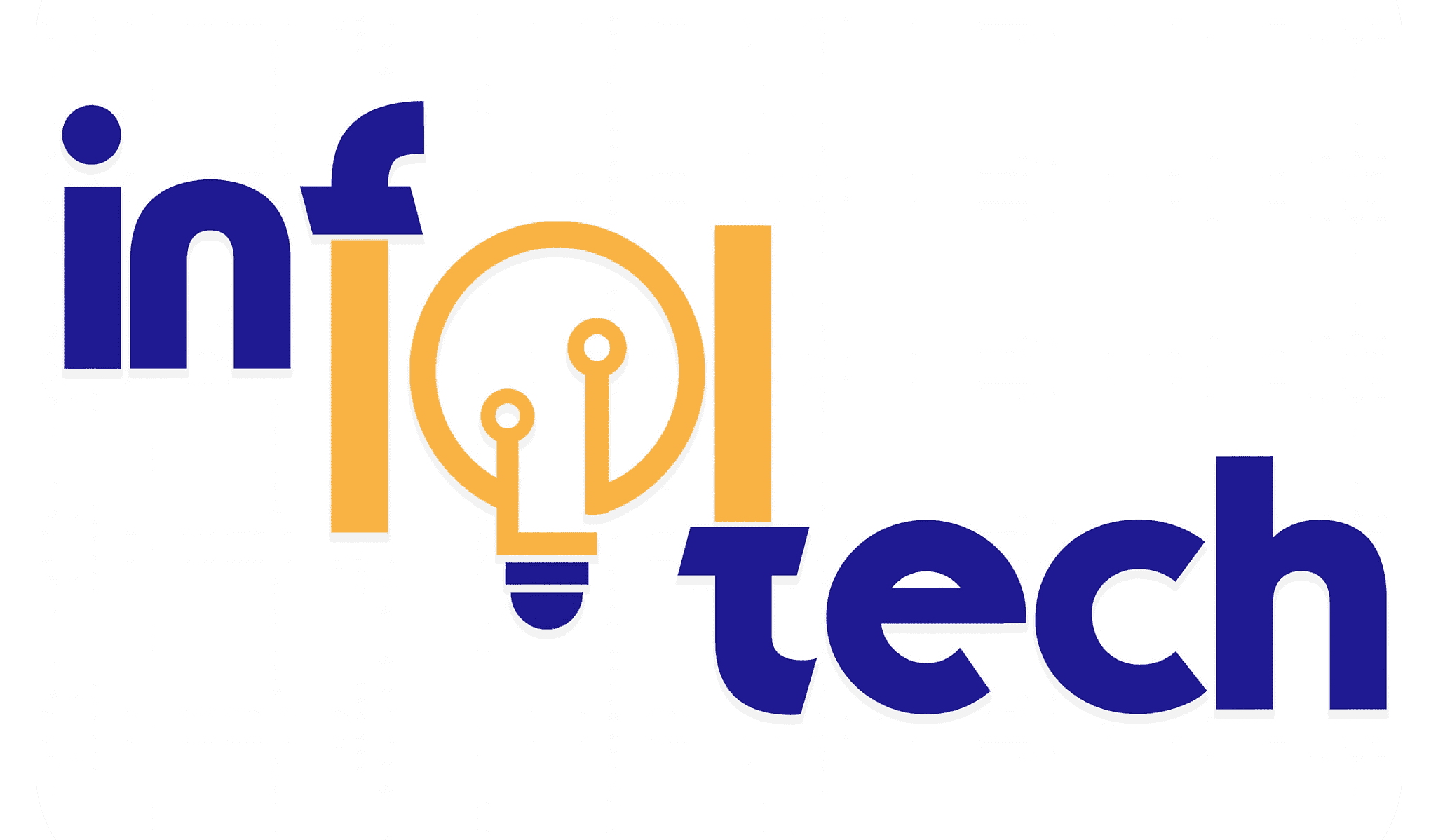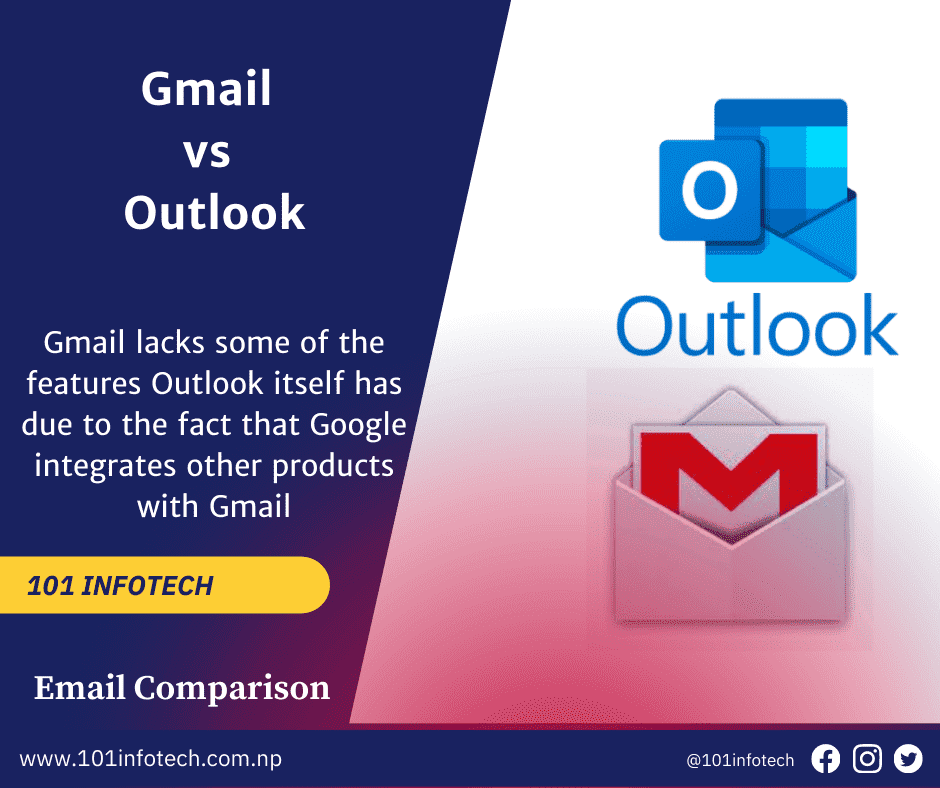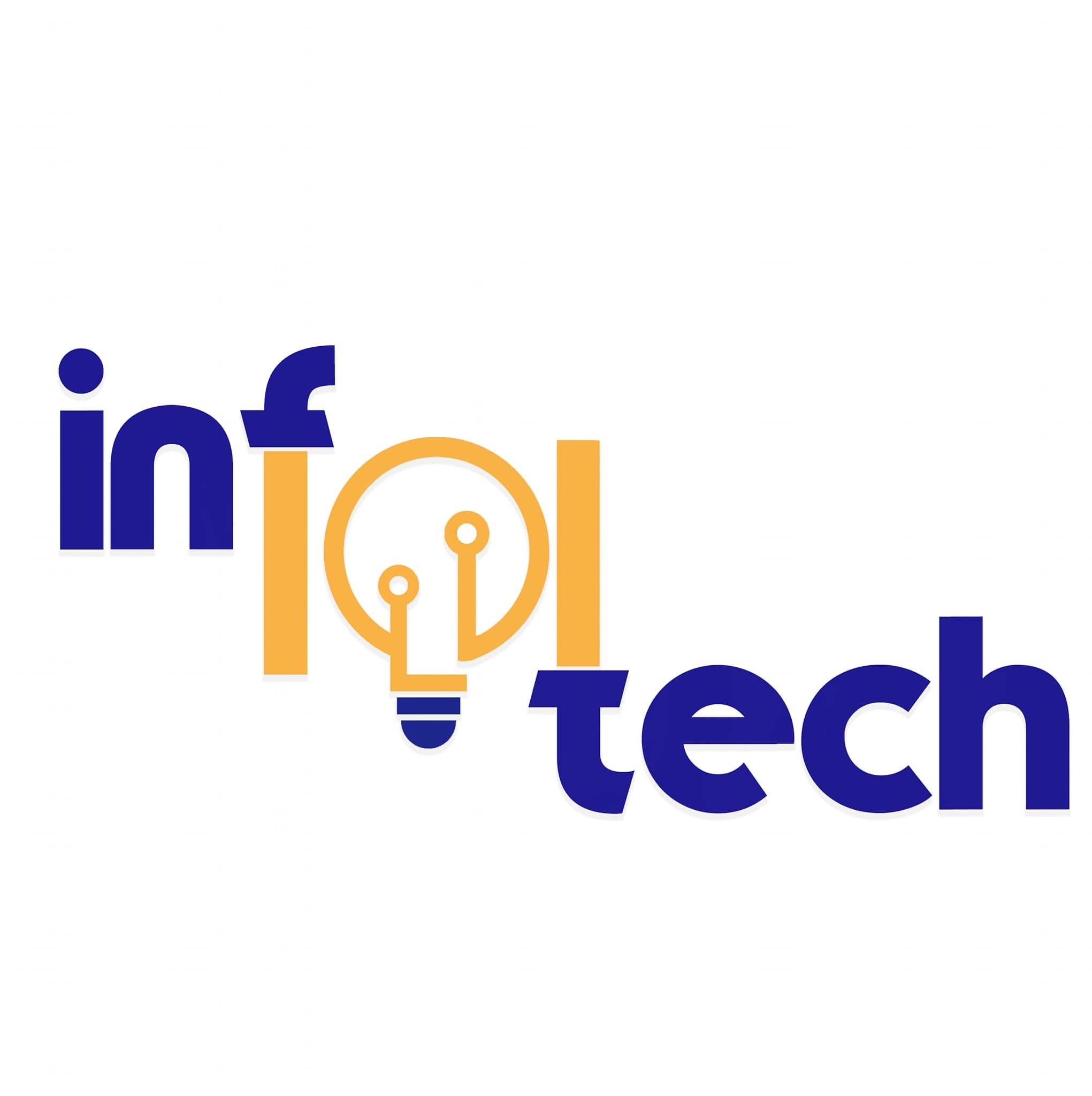GMAIL VS OUTLOOK: THE ULTIMATE EMAIL COMPARISON
101 INFO TECH
January 19, 2022
565 views
0 likes

Some people will tell you that social media, chat platforms, and videoconferencing have replaced email as the most important means of communication in the workplace. Don’t believe them. Email remains the lifeblood of business and will do so into the foreseeable future.
When it comes to email in the business world, there are two main products to consider: Microsoft Outlook and Google’s Gmail. Outlook has long been the standby in the workplace, but Gmail has been growing in popularity. Each has changed significantly over the years and continues to change. Because of that, you and your company may want to reconsider which you use for work today.
What is Gmail?
Gmail is a free email service provided by Google . As of 2019, it had 1.5 billion active users worldwide. ... In order to send larger files, users can insert files from Google Drive into the message. Gmail has a search-oriented interface and a "conversation view" similar to an Internet forum.

What is Outlook?
Outlook is both a webmail service and a desktop email client owned by Microsoft. Users can register for a free account on Outlook.com or use a paid version either through subscribing to Microsoft 365 or by purchasing the Microsoft Office suite of products. Outlook doesn’t just send and receive email, it also includes a calendar, contacts, and the ability to manage tasks.
Gmail vs Outlook
Here are some categories between gmail and outlook to see which one offers the best email service.
Gmail vs Outlook: Interface
Gmail is accessible as only webmail within your browser but it can be accessed on desktop through third-party apps like Shift. There are also both iOS and Android mobile apps for Gmail. Gmail uses filters and labels as the main ways to organize emails in your inbox. The search bar, compose email button, and labelled emails are all clearly visible within the interface.
For Outlook, the top bar, known as the ‘Ribbon,’ is packed with all the different options you have within that Ribbon. Then, there are different Ribbons for all the different views that Outlook has, including: Mail. Calendar, Contacts, Tasks, and Notes. Outlook can be accessed either through a browser or on desktop as well as through mobile apps for iOS and Android. While Gmail’s inbox interface is more streamlined, it doesn’t have quite as many features as Outlook’s interface.
Winner: Gmail
Gmail vs Outlook: Features
Outlook is feature-rich, with offerings such as ‘Rules’ to automatically manage emails as they come in, customizable email templates, and the ‘Clean Up’ button to automatically delete duplicate messages in an email thread. Outlook also has a dedicated ‘Archive’ folder for emails that you want to keep but no longer want in your main inbox. When emails are archived in Gmail, they are moved to a folder called ‘All Mail” instead of one that is actually labelled ‘Archive,” which could be confusing for some users. Gmail lacks some of the features Outlook itself has due to the fact that Google integrates other products with Gmail. For example, while Outlook has a calendar and contacts built in, Gmail integrates with Google’s Calendar and Contacts but they aren’t actually built in to Gmail itself.
Winner: Outlook
Gmail vs Outlook: Storage
Users can upload files in Google Drive and share them through Gmail. Outlook uses OneDrive, which does not integrate with Outlook quite as seamlessly as Good Drive integrates with Gmail. Gmail storage is capped at 15 GB for both Gmail and Google Drive. G Suite Basic accounts have 30 GB of storage. Outlook users with a free account also have 15 GB of storage with an additional 5 GB of storage with a free OneDrive account. Subscribers of Microsoft 365 have 50 GB of storage.
Winner: Outlook
Gmail vs Outlook: Security
Gmail offers 2-step verification. Emails sent through Gmail are automatically encrypted in transit using Transport Layer Security (TLS) as long as the receiving email account also supports TLS. If emails are sent from Gmail to an email account that does not support TLS then the emails are not encrypted during transit. Both the desktop version and the Microsoft 365 version of Outlook offer the option to encrypt emails, but users have to make sure they select that option before sending an email.
Winner: Gmail





